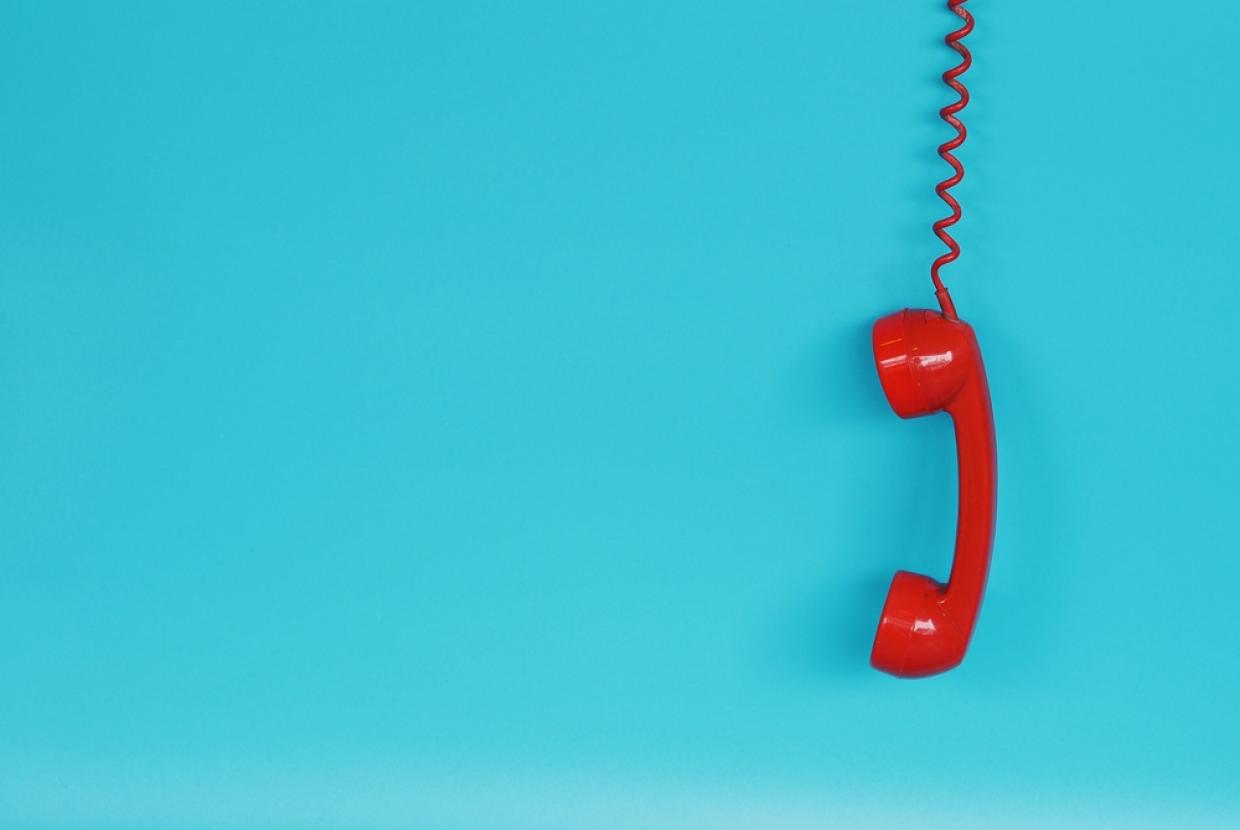Intrauterine System (IUS)
An IUS is a small, T-shaped plastic device that's put into your womb (uterus) by a doctor or nurse. It releases the hormone progestogen to stop you getting pregnant and lasts for 3 to 5 years, depending on the brand.
At a glance: facts about the IUS
- When inserted correctly, it's more than 99% effective.
- It can be taken out at any time by a specially trained doctor or nurse. It's possible to get pregnant straight after it's removed.
- It can make your periods lighter, shorter or stop altogether, so it may help people who have heavy or painful periods.
- It can be used by people who cannot use combined contraception (such as the combined pill) – for example, those who have migraines.
- Once the IUS is in place, you do not have to think about it.
- Some people may experience side effects, such as mood swings, skin problems or breast tenderness.
- There's a small risk of getting an infection after it's been fitted.
- It can be uncomfortable when the IUS is put in, but you can take painkillers after, if you need to.
- The IUS can be fitted at any time during your monthly menstrual cycle, as long as you're not pregnant.
- The IUS does not protect against sexually transmitted infections (STIs), so you may need to use condoms as well.
Having an IUS fitted
An IUS can be fitted any time in your menstrual cycle, as long as you're not pregnant. If it's fitted in the first 7 days of your cycle, you'll be protected against pregnancy straight away. If it's fitted at any other time, use additional contraception, such as condoms, for 7 days afterwards.
Removing an IUS
Your IUS can be removed at any time by a trained doctor or nurse. If you're not having another IUS put in and do not want to become pregnant, use additional contraception, such as condoms, for 7 days before you have it removed.
Advantages and disadvantages of the IUS
Advantages:
- It works for 5 years or 3 years, depending on the brand.
- It's one of the most effective forms of contraception available in the UK.
- It does not interrupt sex.
- Your periods can become lighter, shorter and less painful – they may stop completely after the first year of use.
- It's safe to use an IUS if you're breastfeeding.
- It's not affected by other medicines.
- It may be a good option if you cannot take the hormone oestrogen, which is used in the combined contraceptive pill.
- It's possible to get pregnant as soon as the IUS is removed.
- There's no evidence that an IUS will increase the risk of cervical cancer, womb (uterus) cancer or ovarian cancer.
Disadvantages:
- Your periods may become irregular or stop completely, which may not be suitable for some people.
- Some people experience headaches, acne and breast tenderness after having the IUS fitted, but these usually settle with time.
- Some people experience changes in mood.
- An uncommon side effect of the IUS is that some people can develop small fluid-filled cysts on the ovaries – these usually disappear without treatment.
- An IUS does not protect you against STIs, so you may need to use condoms as well.
- If you get an infection when you have an IUS fitted, it could lead to a pelvic infection if it's not treated.
- Most people who stop using an IUS do so because of vaginal bleeding and pain, although this is less common.




























